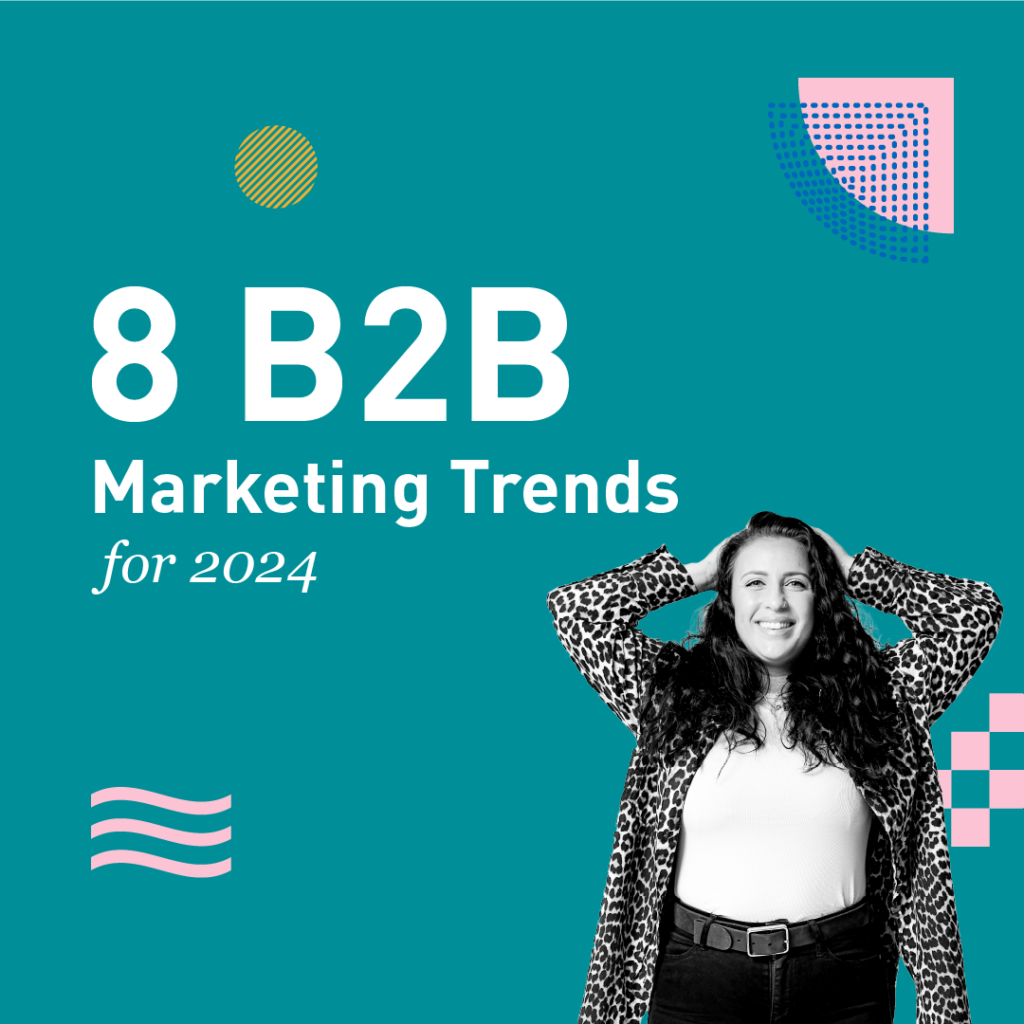
As I strolled through my local supermarket recently, I spotted a shampoo and conditioner, placed in one of those all too obvious aisle ends. Eyes widening, I inspected the pretty packaging. On closer inspection, I noted an even prettier price, burning itself onto my retinas by way of a flappy, neon-yellow ticket.
Sign me up. I happily left the store with some very beautiful looking products.
Woah, I just came in here to buy something for dinner. What just happened?
As someone who creates brands for a living I was perturbed. I’d never heard of this brand before. I didn’t even smell the product to make sure it didn’t smell of eau de cat urine. The truth? I bought it because of how it made me feel. Having those pretty bottles sit in my shower niche would make me feel expensive, like I was investing in myself (and I deserve a treat, right?). The packaging oozed quality, simplicity, class.
Then, the knockout punch – that ‘how can you go wrong?’ introductory price point. The should/shouldn’t I debate wasn’t even needed. Even if it made my hair smell like my cat’s litter tray, I’d only wasted ten bucks. Now that’s a strategy.
How did they catch me, hook line and sinker?
I’m a designer, a brand-maker. I should know better. But I’m also a human woman with a job and small kids, schlepping into the supermarket at the end of a long week with the potential of finding a spare hour on the weekend to wash her hair. I could be shiny and new come Monday morning! It would seem these guys know me better than I know myself. And likely, this was but a small part of their brand strategy.
Do I need a brand strategy?
If you have a brand, then yes! Promoting a product or service without any kind of brand strategy in place is a little like playing golf with a blindfold on; a hole-in-one would be just plain lucky. If you’d prefer not to rely on luck when it comes to your success, creating a brand strategy is the perfect foundation on which you can build your brand. Immortalising your strategy gives you the chance to ask yourself questions you may have overlooked. For example, what is the ‘why?’ of your business? Why does it exist? What is your blue sky vision for your brand? Can you visualise the big picture of what you want it to grow into?
It’s important to remember that a brand strategy needn’t be considered finite. A brand can and should grow and/or pivot if needed to suit your market, so you’ll likely need to revisit and revise your strategy over time. But, having these questions addressed in a document can be an excellent point of reference if you are feeling like things are heading off course.
Here’s how you can create a brand strategy of your own
Your brand strategy is the place where business goals, people and marketing come together to join one another. Get your goals clear, identify who you are solving problems for, articulate your brand values, think about your brand personality and have fun thinking about how it could look, sound and even behave in certain environments or situations. If you are building experiences, think about your user’s pains and gains, if you are launching a new product and all you are thinking about is revenue gain, then picture how your brand needs to behave across all it’s channels. Your brand strategy is not the finish line. It is only a roadmap that will help you get clarity and build consistency across all your touchpoints. Once you achieve this, brand recognition will become your biggest ally.
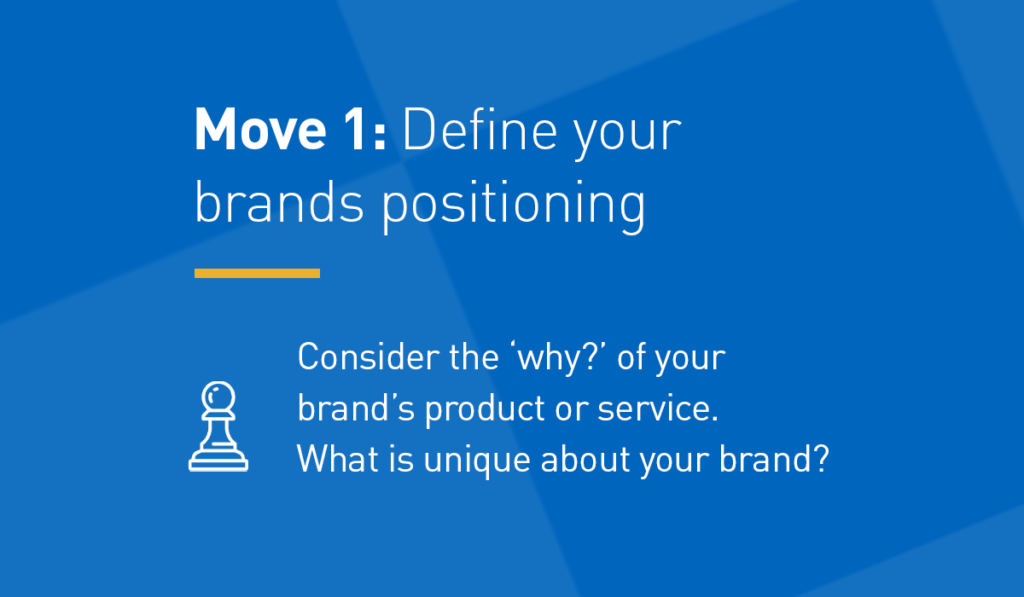
Think about your product or service. What makes it stand out? Does it have a point of difference to its direct competitors? Where is it positioned in relation to those competitors? For example, a gym’s point of difference might be that they have 24/7 online nutrition coaching available to its members via an app, making their service offering more holistic and accessible over the competition.
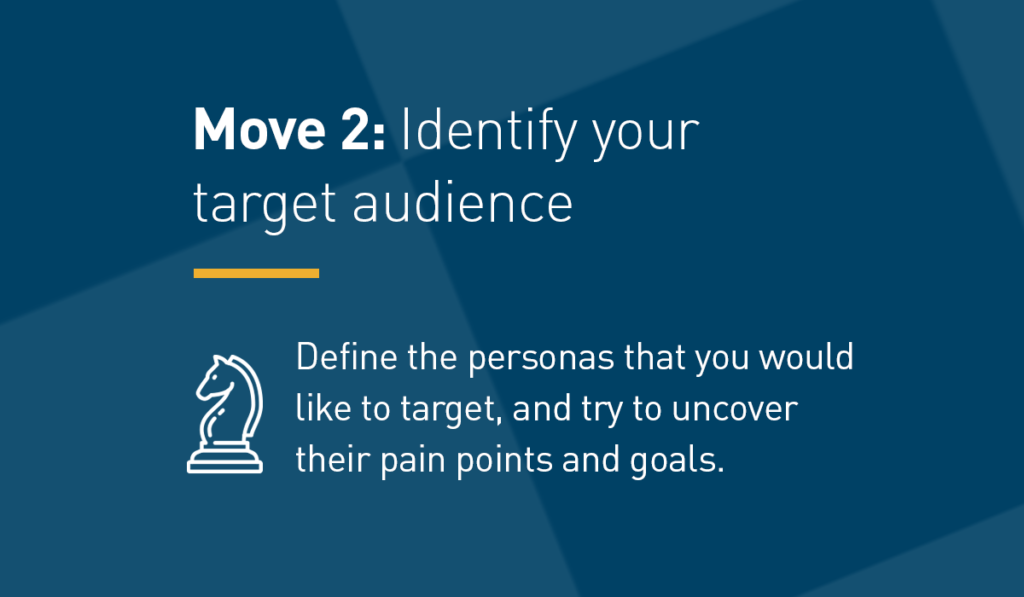
At BlueMelon, we love to define a brand’s target persona. We like to put a fictional name (and maybe even a caricature) to the person we are trying to engage. By naming them, doing some thorough research and stepping into that person’s shoes to really understand their pain points and their goals, we are far more well equipped to communicate with that person. You may find it useful to identify your top products or services, and then assign a persona to each of them – it really just depends on what kind of business you’re running. Don’t be surprised if you uncover multiple personas or personas you hadn’t previously considered which will help when it comes to developing your brand messaging. The more the merrier, right?
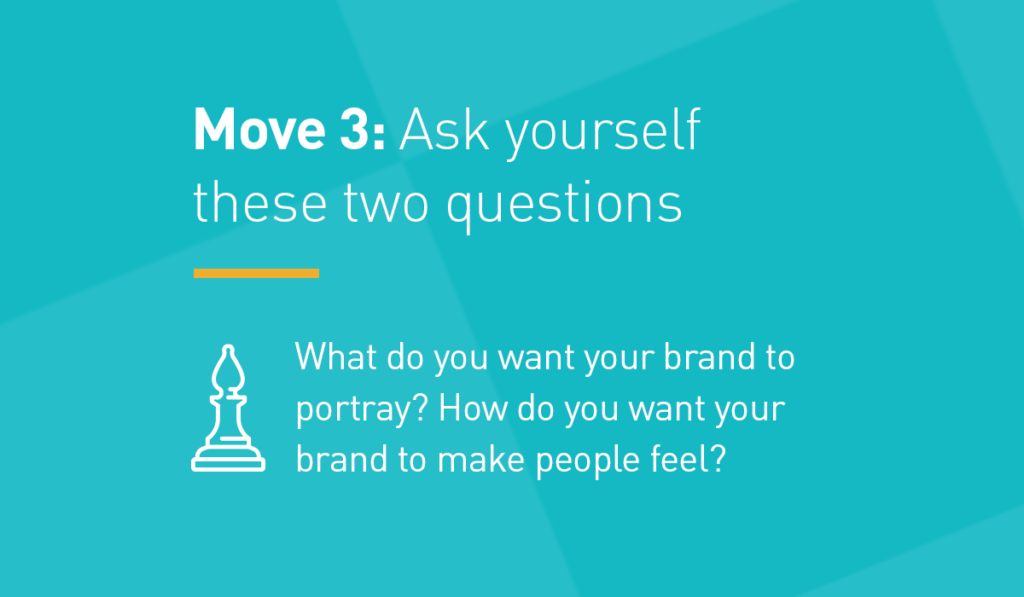
1. What do you want your brand to portray?
We’re not talking about pretty packaging or funky logos (yet). If you don’t have a brand identity in place yet, don’t fret, the strategy you’re building should help the branding process once you get there. For now, consider how you want your brand to be perceived. For example, it might be portrayed as a high-end and expensive offering. Or, perhaps it is more in line with a friendly and laid-back service offering. Think of some adjectives that fit your brand. You could also assign a weighting to them if some attributes are more important than others.
2. How do you want your brand to make people feel?
With your personas in mind, think about how they might make brand choices by tapping into how they might be feeling. (Remember me, back in that supermarket, desperately clutching my bottles of hair-hope-in-a-bottle?). You can use those persona pain points and goals to try and define these. For example if your brand is that flash new gym with the 24/7 coaching app, and your target persona is Steve, a middle-aged dad of three, who is feeling a little flabby lately. He’s time poor but aspires to regain his health and fitness. You might want to make Steve feel inspired, energised, young again, comfortable and cared for.
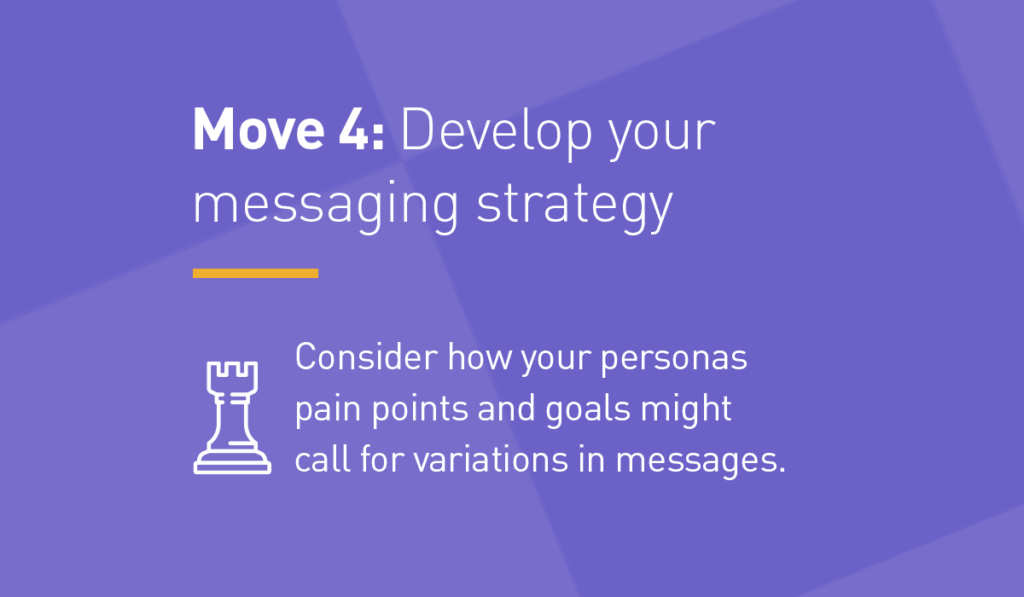
Now you have your overarching brand position you can start considering how to craft messaging that will help get your personas on the hook. Think about those personas again, revisit their goals and pain points to see how your brand messaging might differ between different personas. Remember time-poor Steve? You might focus his messaging around the handy app, 24/7 coaching and generally inspiring.
A second persona (let’s call him Mike) might have different pain points and goals. For example, if Mike was younger and just starting out in his career, you might want to tweak his messaging to focus more on affordability, with special price points or freebies he might get with his membership.
Hey, this is starting to look like a brand strategy!
You’re welcome. We truly love to help people out with their brands.
What should I do next?
Download our free brand positioning template here and use this handy blog post to fill it in. Once you’ve got your strategy on paper, you can start thinking about developing your brand identity and tone of voice guidelines (or maybe updating them if you already have some), as well as a content marketing strategy. Watch our director Juan, chatting about Brand Personality here to get you inspired.
If you’re feeling overwhelmed then why not get in touch? We’d love to help you out. #letsconnect.


